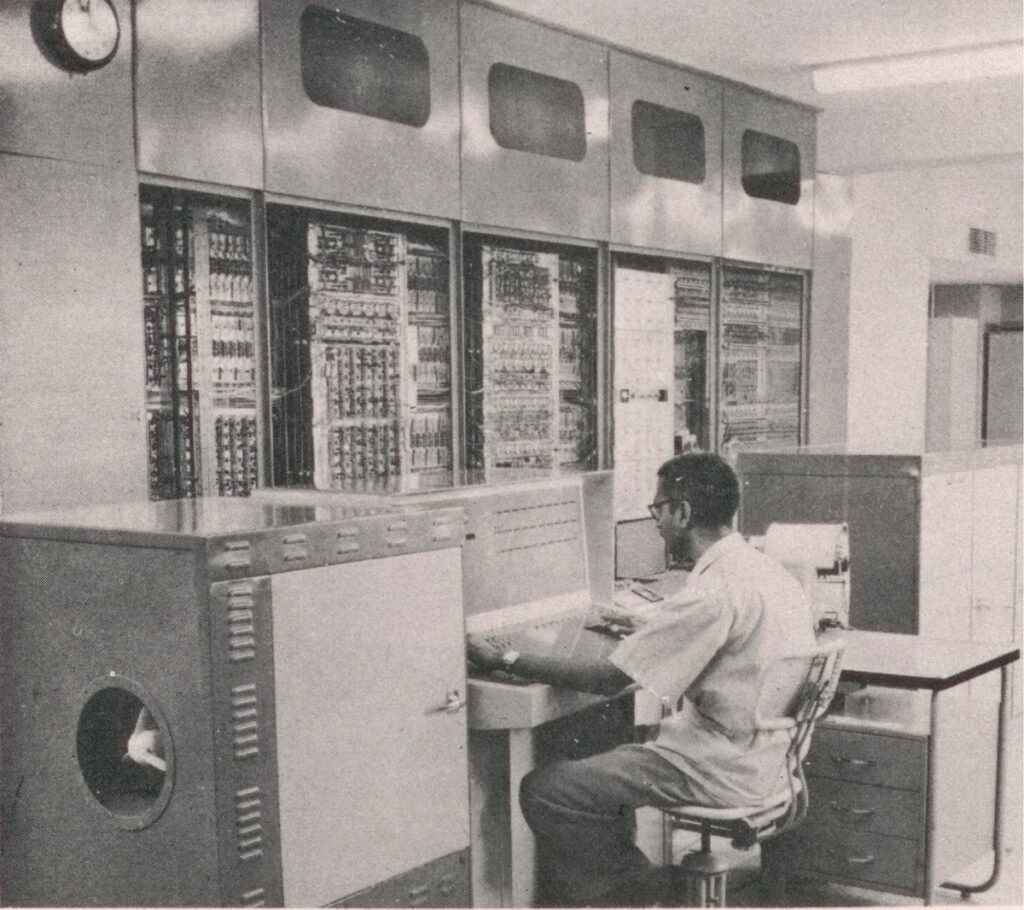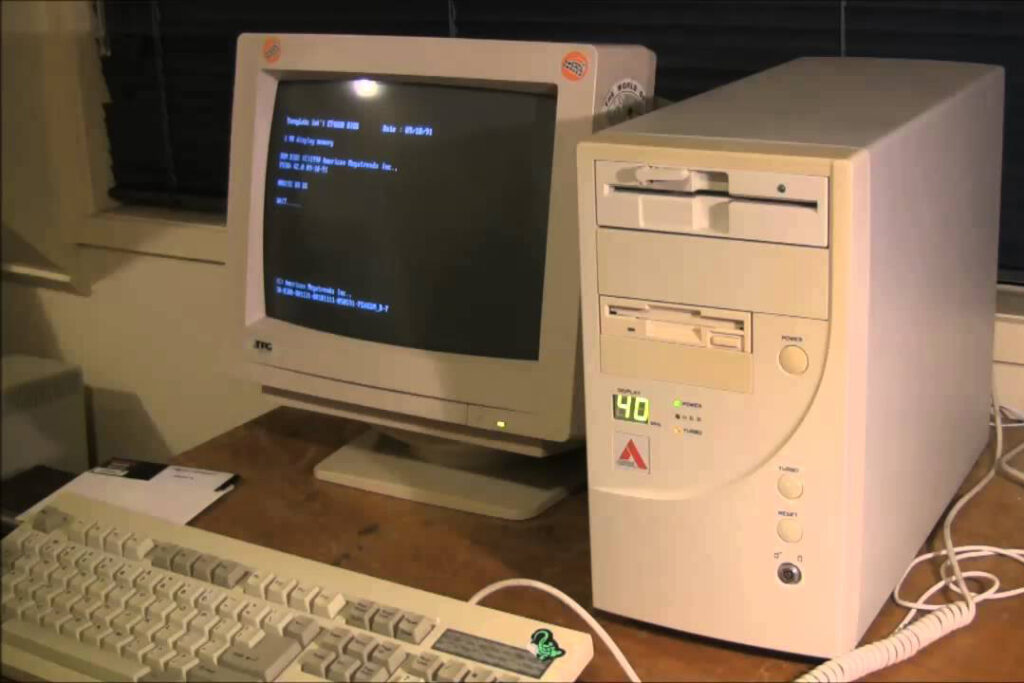🖥️ The Story of Computers in India: From 1955 to the Digital Age
Computers have completely changed how we live, work, and connect with the world. But did you ever wonder how the computer journey started in India? From bulky machines in laboratories to powerful laptops in our homes, India’s computer story is both fascinating and inspiring.
Let’s take a walk through time and explore how it all began.
📍 1955 – The First Computer in India

India’s computer journey started in 1955, when the Indian Statistical Institute (ISI) in Kolkata installed the HEC-2M, a computer imported from the UK.
- It was mainly used for scientific and statistical calculations.
- This marked India’s first interaction with digital computing.
This was a huge machine – not like the sleek computers we see today. It needed a whole room and a dedicated team to operate it!
🛠️ 1960 – India Builds Its Own Computer
India didn’t just want to use computers — it wanted to build its own.
In 1960, scientists at the Tata Institute of Fundamental Research (TIFR) in Mumbai built India’s first indigenous computer, called TIFRAC (TIFR Automatic Calculator).
- This was a big achievement and proved that India had the talent and vision to lead in technology.

⚙️ 1970s – Government Support and Expansion
During the 1970s, computers were used in government projects, railways, research labs, and banks.
To support this growing field:
- Electronics Corporation of India Limited (ECIL) was set up in 1967.
- ECIL started making computers for defense and public sector use.
- These machines were still expensive and not available to the public.
💻 1980s – The Rise of Software and Connectivity
This was the decade when the Indian IT revolution began.
- Department of Electronics (DoE) was created.
- The National Informatics Centre (NIC) launched NICNET in 1987 — India’s first wide-area computer network.
- Major Indian companies like TCS, Infosys, Wipro, and HCL began focusing on software development.
Computers were still mainly found in offices and institutions, but the foundation for India’s IT boom was laid.
🌍 1990s – Computers Enter Indian Homes
The economic liberalization in 1991 made importing computers easier and cheaper.
- More schools and colleges started teaching basic computer education.
- Internet services started in 1995 through VSNL.
- Personal Computers (PCs) became available to middle-class families.

This decade saw India’s youth getting introduced to the digital world.
🚀 2000s to Today – India as a Global IT Leader
From the 2000s onward, India transformed into a global technology and IT services hub.
- Cities like Bangalore, Hyderabad, and Pune became IT centers.
- Millions of Indians work in software, BPO, AI, data analytics, and cybersecurity.
- Computers are now part of everyday life — from mobile phones to digital banking, online learning to smart farming.
🧠 Quick Timeline
| Year | Milestone |
|---|---|
| 1955 | First computer (HEC-2M) installed in Kolkata |
| 1960 | First Indian-made computer (TIFRAC) |
| 1967 | ECIL established |
| 1987 | NICNET network launched |
| 1991 | Economic reforms boost tech industry |
| 1995 | Internet launched in India |
| 2000s | India becomes a global IT power |
📌 Final Thoughts
India’s computer journey shows how far the country has come — from importing a single machine in the 1950s to becoming a world leader in technology.
Today, the computer is not just a machine — it’s a tool of empowerment, education, business, and innovation for millions of Indians.
Keywords : History of computers in India, First computer in India, Indian computer history, Evolution of computers in India, Development of computers in India
